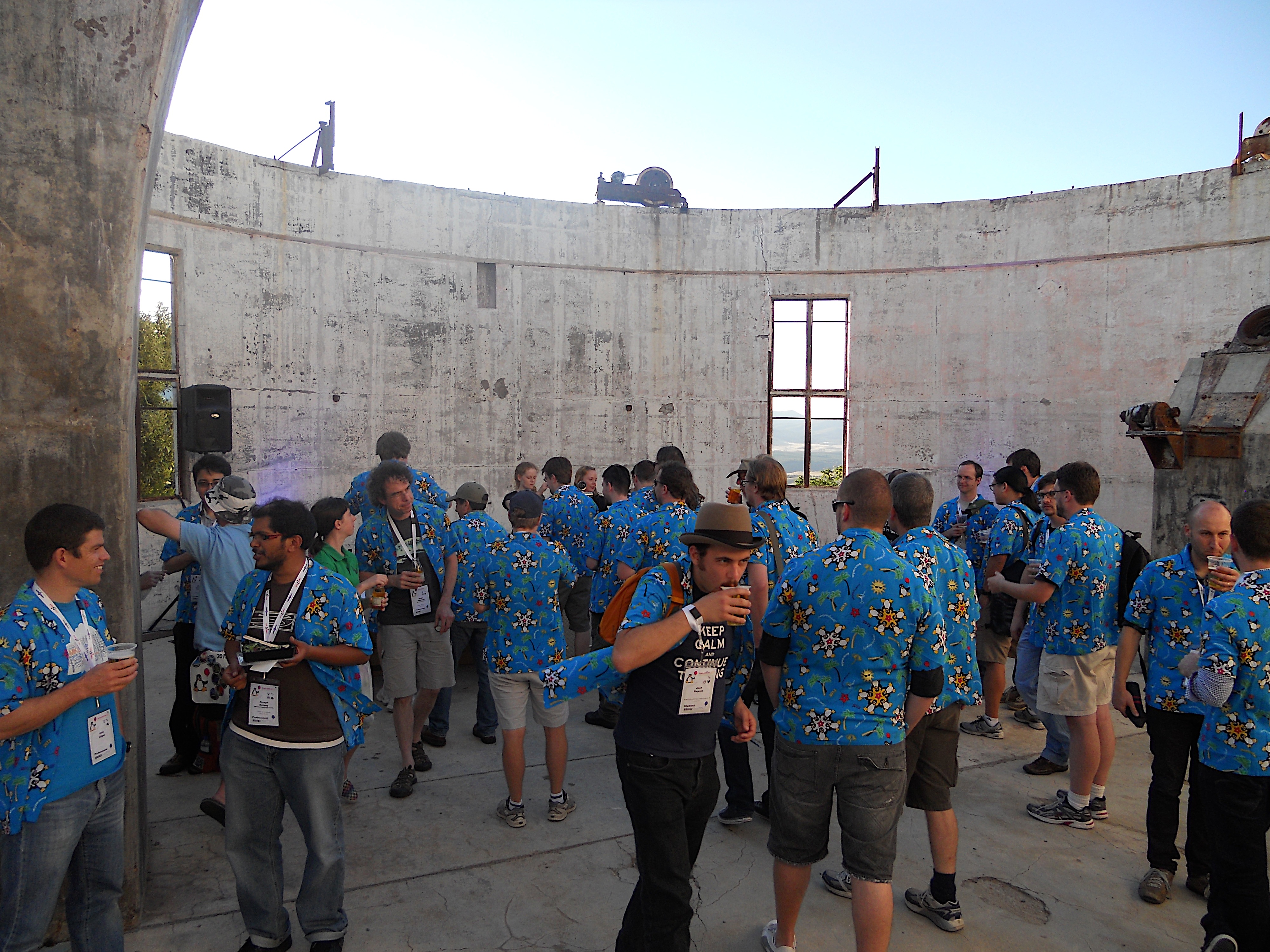By: Briana Peterson, SHRM-SCP
When’s the last time you faced a moment of uncertainty and resorted to YouTube tutorials, or as I like to call it “YouTube University” to learn how to DIY pretty much anything? Then the lightbulb goes off and you realize that sometimes it’s just better to seek a more credible source. Well, some managers would rather DIY employee performance management, thinking “I got this!” Instead, consider working with your trusted HR professional to guide you, please. Yes, the process can be stressful because having a conversation or multiple conversations with an employee about their performance may not be fun, but it’s needed. And working with your HR colleague can reduce stress and improve the outcome.
We can either save time in the beginning by properly addressing concerns as they arise and maintaining a certain level of engagement with the employee, or we can waste time by ignoring the issues and then later scrambling for documentation once the behavior has reached a point of no return. And if you end up falling into the second category, chances are there were not any discussions on file for the employee. Yikes! So, how can managers work together with HR professionals to turn this into a positive and not a default negative outcome? Here are a few things to remember:
Set Expectations
We are all more likely to have increased productivity if we know what we’re aiming for. This begins with the job description and making sure the duties accurately reflect the essential knowledge, skills, abilities, and other characteristics of the position. Think about it, does that entry level administrative role really require a master’s degree? Does the experienced staff accountant position only require knowledge of Quickbooks and not GAAP? No need to write a 2 pager here as the job description is not meant to be an exhaustive list with 20+ bullet points, but instead be clear and realistic. Once you’ve selected the employee, it is important that they receive all the tools they need from day one. And the most important tool is information. Now, day one (and day two and day three…)
- Orientation is typically hosted by your HR professional and depending on your organization, it could last a couple of hours or a couple of days. This time is spent learning about the organization’s mission and goals, benefits and employee resources, to name a few.
- Onboarding is a team effort and training focused, led by the manager and may involve other key stakeholders. The onboarding process is all about getting the hire fully productive with the tools they need and typically lasting from three days to six months.
When hiring a new employee, it is expected that they will have a certain level of work experience and skill set, but that doesn’t mean they’re instantly a know-it-all in their new role at your organization. If managers are able to set expectations early on, it will be most beneficial for both parties. Managers can set a precedence for what is needed to be successful in the role and how performance will be measured. Make sure employees are equipped with the knowledge and understanding they need to be successful. It’s all about managers and employees learning to navigate through the organization, together. Yes, “sink or swim” is not conducive to your bottom line.
Ongoing Communication
According to Gallup, managers that provide regular feedback to their employees are 3x more likely to be engaged. If you don’t have weekly or bi-weekly one-on-ones with your direct reports, then maybe you should start, like right now. This is usually one of the first questions I ask a manager when they are having performance issues because one-on-ones offers dedicated time for status updates and a chance to answer questions and provide feedback. The feedback should be thoughtful and useful. Waiting until the annual performance review to communicate feedback and professional development opportunities isn’t going to cut it in the future of work for younger generations. Ongoing communication can either make or break an employee’s experience and engagement.
HR professionals can help, providing managers with a blueprint, coaching, collaboration and some hands-on support to reduce stress immensely. Once a manager has adopted good practices and can identify what’s being done well and what could be done better, then the training wheels can come off. Managers can then opt to schedule check-ins with their HR professionals for more complex issues.



